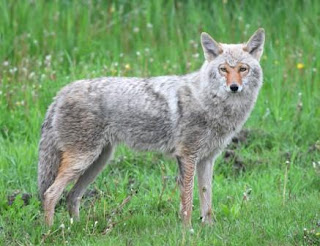
This is an AFRICAN BROADBILL. It is a real tough bird to see and we lucked onto it while on the Fig Forest walk at Mkuze Reserve (with an armed ranger). Normally the only way to find it is during the breeding season when the males do a bizarre predawn display. Even then its very tough to track down and views are not great so this was really serendipity! Sorry Chris - I know this is one you have searched for, for a long time.

I know its a little brown job... BUT South Africa is well known for being a center for endemism (unique species) and no family better represents that specialization than the LARK family. We saw over twenty lark species on our trip (a superb tally) and many of them are darn hard to see well. This is one species I never expected to photograph. Its a CAPE CLAPPER LARK. This species is notorious for being heard or seen in flight as it displays, but rarely seen on the ground. This obliging individual sunned itself on a fencepost on a chilly morning.

Okay so now we are on to a real showy bird! This is a GRAY-HEADED BUSHSHRIKE. It is about the size of a blue jay. That massive beak is used to dispatch lizards, frogs, invertebrates and even baby birds. We saw all six bushshrikes in South Africa and never tired of any of them!

One of the great things about Africa is night drives. You see many neat mammals you wont see during the day, and some great birds as well. This SPOTTED EAGLE OWL is a widespread owl found throughout southern Africa. This one perched right beside us for nearly five minutes!
This is just a taste of some of the highlights of this trip. Lots more to come next week.














































